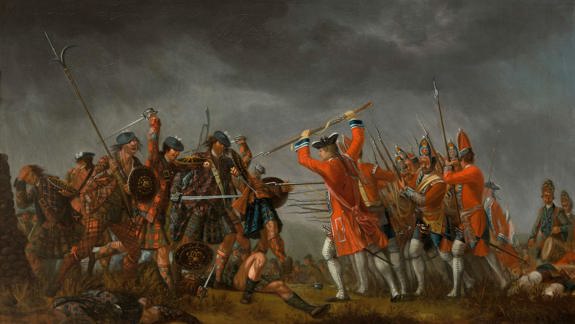Scottish history
Explore captivating tales of Scotland's past, from historic events to cultural milestones. Uncover the rich heritage that shaped the nation.
The last letter of Mary, Queen of Scots
Read about the emotional farewell from a queen who claimed martyrdom and a rightful crown.
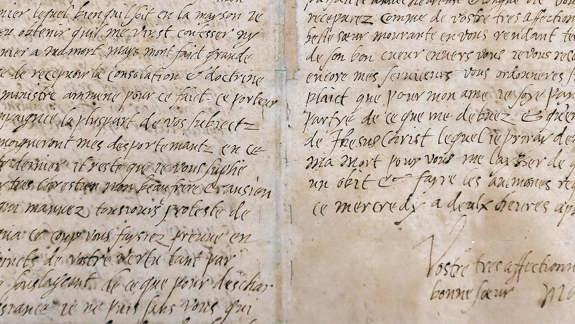
James VI and I: A life and reign in 10 parties
Explore the extravagant parties thrown by James VI and I and be amazed by tales of opulence and royal festivities.
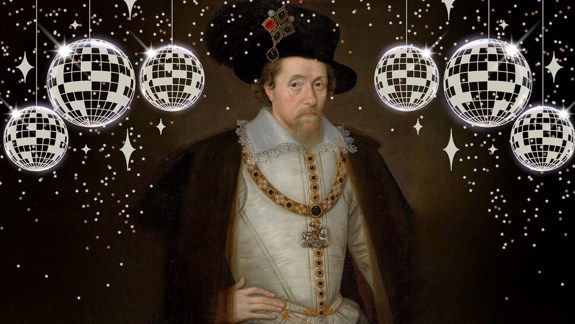
The plague in Scotland
Scotland battled plague for over 700 years with harsh laws, folk cures, and quarantine, long before knowing rats and fleas were to blame.
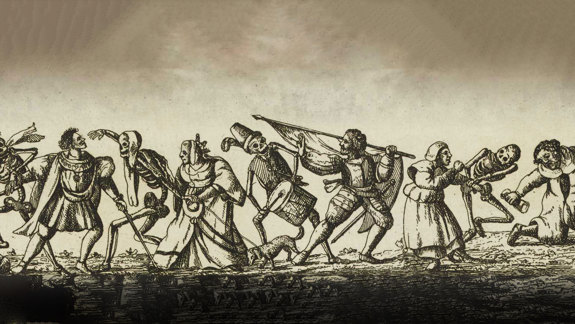
James VI and the Union of the Crowns
James VI of Scotland became James I of England in 1603, uniting crowns and shaping culture, religion, and politics for generations.
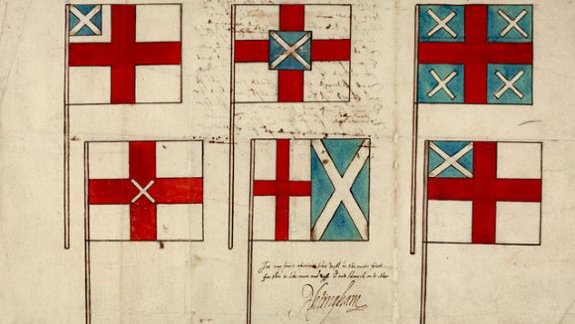
How Martin Luther sparked the reformation
Martin Luther, a little-known monk, sparked a revolution with a theological debate, changing history and facing severe consequences.
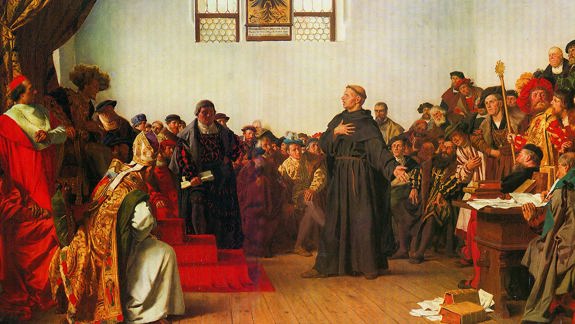
Jacobites: A timeline
Join us for a fleet-footed jaunt through over 100 years of Jacobite history.
